
Top 5 Armenian Dishes to Try



Every year in Armenia, there's even a dolma festival, where the best chefs compete in the skill of preparing this iconic dish.
A special place is occupied by pasuts (or pasus) dolma — the lean version, which is made from fermented cabbage leaves. The filling is made from legumes and grains: beans, chickpeas, peas, bulgur and lentils, adding fried onions, a little vegetable oil and tomato paste. Cabbage is specially salted whole heads back in autumn, so that by winter holidays you can prepare fragrant, warm and hearty pasuts dolma.
Trying real dolma is worth it in Armenia — whether it's a cozy restaurant in Yerevan or a family café in a village. Here dolma is cooked with love and remains a symbol of home comfort and hospitality, without which it's impossible to imagine Armenian cuisine.

Classic hash is cooked for a long time — sometimes 6–8 hours, until the broth becomes thick and rich. It's served unsalted, as everyone adds salt and garlic to taste. They always put finely chopped garlic, herbs, radish and dried lavash on the table, which is customary to crumble directly into the bowl with hash.
Once hash was considered "poor people's food": after butchering an animal carcass, the meat went to the rich, while the legs and offal went to common people, who invented this method of cooking. But over time, the dish became part of Armenian gastronomic culture and today occupies an honorable place even on the menus of the best restaurants.
True hash is a winter dish, especially popular in Gyumri, the second capital of Armenia, where the cooking tradition has been preserved for centuries. Here it's eaten in the company of friends, early in the morning, with a shot of vodka or chacha — exactly as Armenian custom requires.
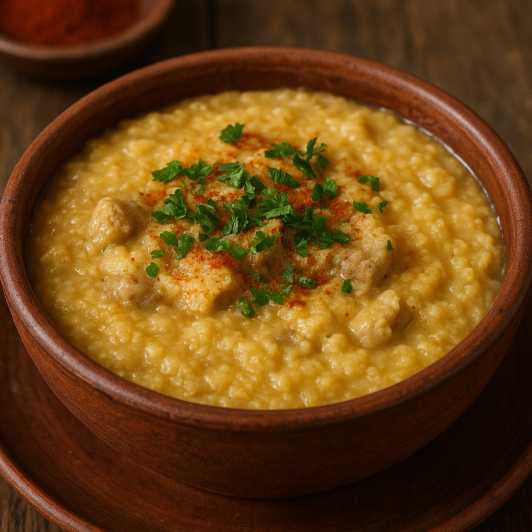
Harisa doesn't like haste — it's cooked slowly, over low heat, until the wheat and meat completely break down and turn into a homogeneous, sticky mass. The finished dish turns out tender, nourishing and surprisingly warming. In Armenia, harisa is traditionally prepared in the cold season, gathering the whole family or with friends around a large table. This is not just food — it's a reason to gather, talk and enjoy the simple joys of life.
Harisa's history goes deep into the past. Back in the 16th century, Armenian poet Minas Tohhatsi wrote that this was the favorite dish of David of Sasun, the legendary hero of the Armenian epic, while the recipe itself was attributed to Gregory the Illuminator.
Harisa also became a symbol of resilience: during the defense of Armenian villages near Mount Musa Dagh in 1915, this is exactly what the residents cooked — from what was at hand. Then it not only satiated, but gave strength, uniting people in a difficult time.
Today harisa can be tried in many Armenian restaurants, but it's especially delicious where it's cooked home-style — slowly, with soul, and must be served hot, to warm not only the body, but also the heart.
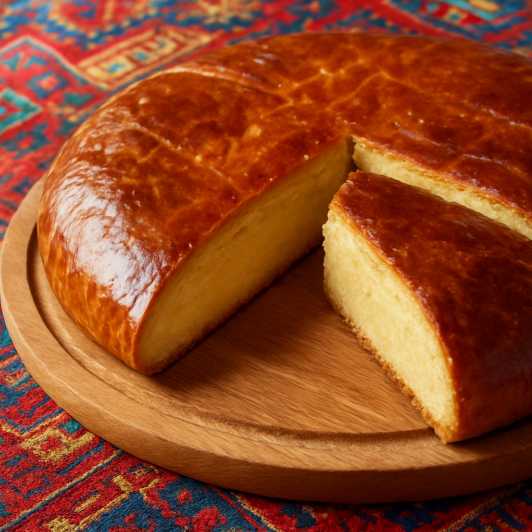
Although the basic recipe remains unchanged, gata in each region of Armenia has its own characteristics. Somewhere they add nuts and cinnamon, somewhere — dried fruits such as raisins, plums or apricots. Each gata has its own taste and aroma, but they are all united by one thing — warmth and home comfort that is felt in every piece.
Interesting fact: Armenian gata has entered the Guinness Book of Records more than once. In 2019, they baked a gata in Armenia weighing 368.6 kg, 60 meters long, and later broke this record — the new gata weighed 410 kg and reached 65 meters in length!



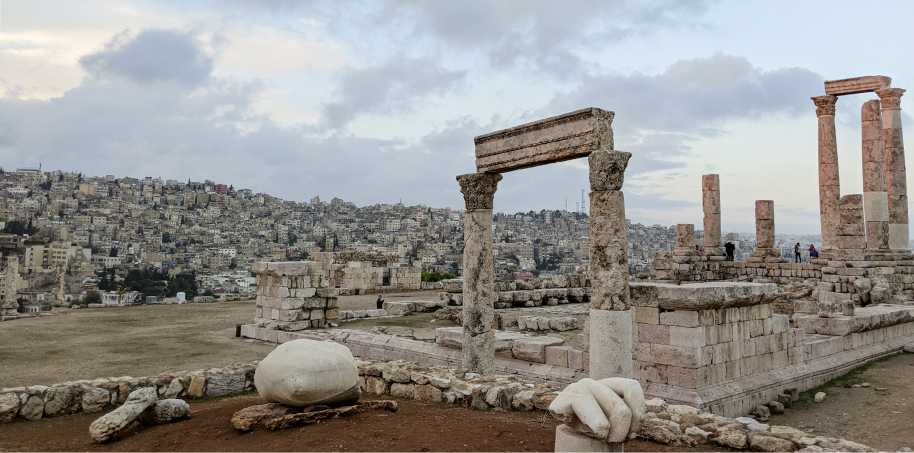


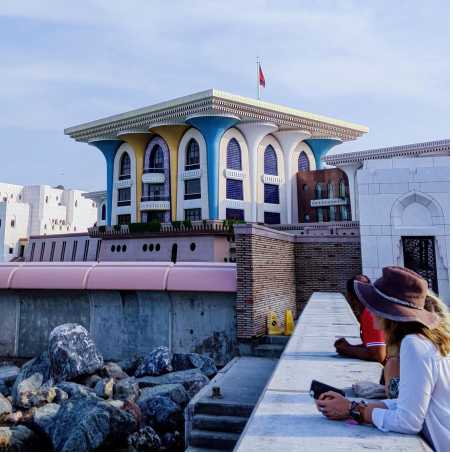


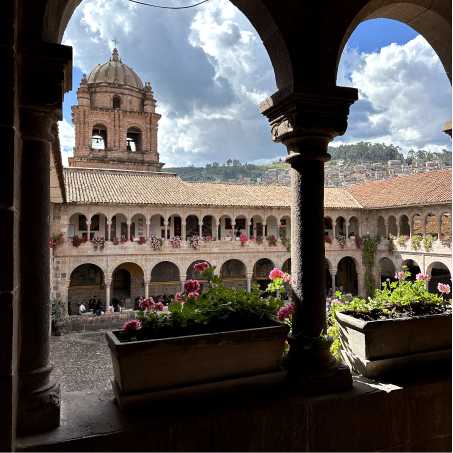
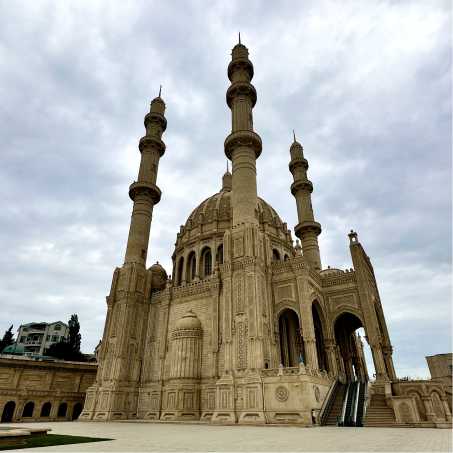
The main difference of Armenian khorovats is cooking over an open fire outdoors and large pieces of meat that are slowly grilled over coals, remaining juicy inside and golden on the outside.
Finished meat is traditionally served on lavash, which absorbs the juice and smoky aroma, becoming an integral part of the dish. Vegetable khorovats — these are eggplants, peppers and tomatoes baked over coals, served with herbs and fresh bread.
Khorovats in Armenia is not just food, but a whole event. It's prepared at holidays, family gatherings and picnics, where the process itself becomes a reason to gather together and enjoy the aroma and taste of true Armenian hospitality.